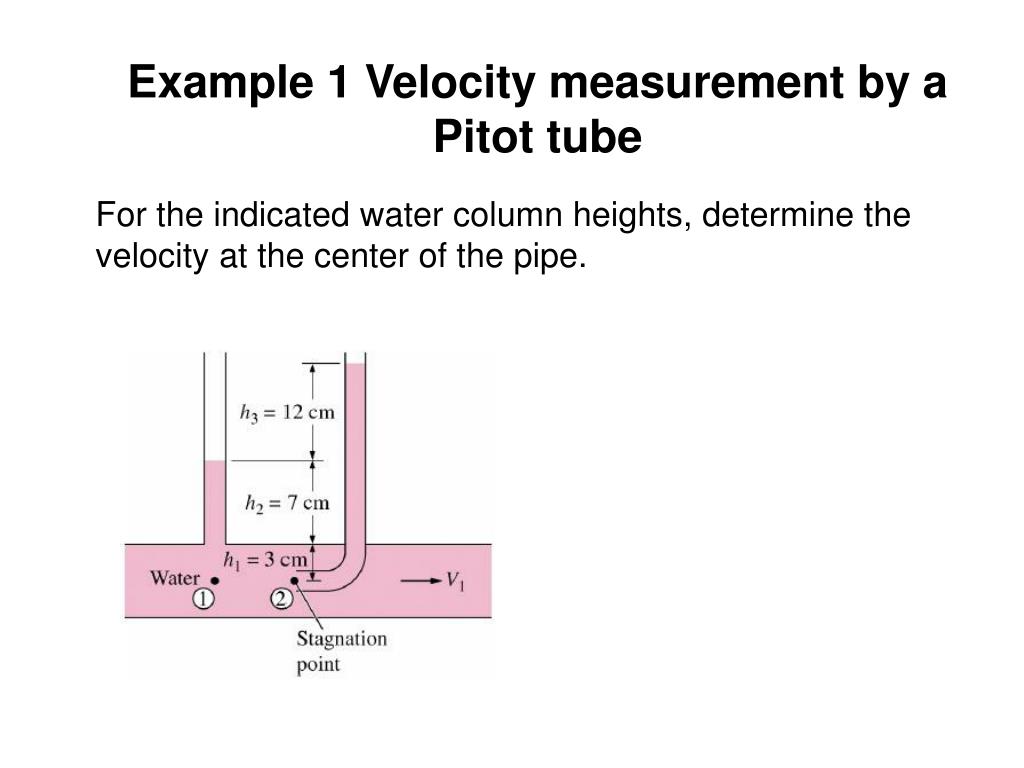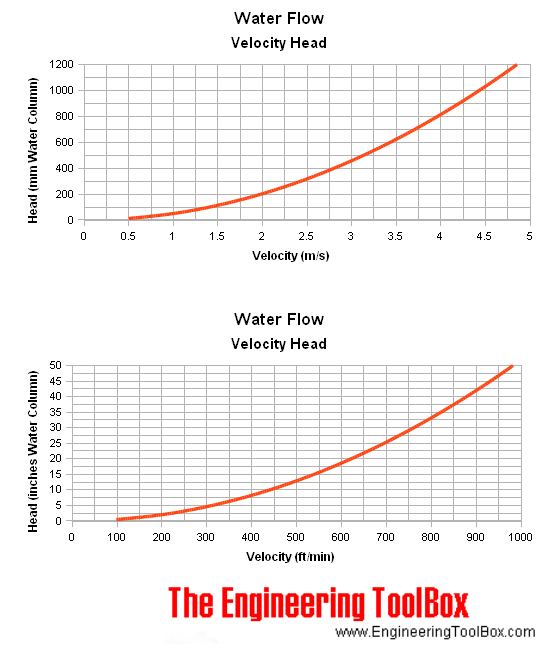
Ils sont notamment utilisés pour l anémométrie en aéronautique. Pitot Tube - Tube de Pitot Tube de Pitot Le tube de Pitot et l antenne de Prandtl sont des systèmes similaires de mesure de vitesse des fluides. Prandtl, Ph.D| publisher=Dove Publications, Inc. * cite book|author=Tietjens, O.G.|title=Applied Hudro- and Aeromechanics, based on lectures of L. * cite book|last=Pratt|first=Jeremy M.|edition=3rd edition|title=The Private Pilot's Licence Course: Principles of Flight, Aircraft General Knowledge, Flight Performance and Planning|origyear=1997|year=2005|id=ISBN 1-87|pages=gen108-gen111

(Ed.)|title=Mechanics of Flight|edition=10th edition|origyear=1972|year=1996|publisher=Prentice Hall|id=ISBN 0-8|pages=63-67 * cite book|last=Kermode|first=A.C.|others=Barnard, R.H. In aviation air speed is typically measured in knots. :Volume Flow Rate (cubic feet per minute) = Duct Area (square feet) × Velocity (feet per minute) :Volume Flow Rate (cubic meters per second) = Duct Area (square meters) × Velocity (meters per second) The quantity of air flowing through the duct each minute can then be estimated from: The Pitot tube can be inserted through a small hole in the duct with the Pitot connected to a U-tube water gauge or some other differential pressure gauge for determining the velocity inside the duct. In these kinds of measurements, the most practical instrument to use is the Pitot tube. In industry the velocities being measured are those flowing in ducts or tubing where measurements by an anemometer would be difficult to obtain. The failure of these systems has catastrophic consequences, like in the case of Austral Líneas Aéreas Flight 2553. Pitot tubes on aircraft commonly have heating elements to prevent the tube from becoming clogged with ice. Instead of static ports, a Pitot-static tube (also called a Prandtl tube) may be employed, which has a second tube coaxial with the Pitot tube with holes on the sides, outside the direct airflow, to measure the static pressure. The diaphragm arrangement is typically contained within the airspeed indicator, which converts the dynamic pressure to an airspeed reading by means of mechanical levers. If the air on one side of the diaphragm is at the static pressure, and the other at the stagnation pressure, then the deflection of the diaphragm is proportional to the dynamic pressure, which can then be used to determine the indicated airspeed of the aircraft. The dynamic pressure is then determined using a diaphragm inside an enclosed container. The static pressure is generally measured using the static ports on the side of the fuselage. Then the dynamic pressure is simply the difference between the static pressure and the stagnation pressure.


::stagnation pressure = static pressure + dynamic pressure, However, since Bernoulli's equation states that The measured stagnation pressure cannot of itself be used to determine the airspeed. This pressure is the stagnation pressure of the air, also known as the total pressure, or sometimes (particularly in aviation circles) the pitot pressure. As this tube contains air, a pressure can be measured as the moving air is brought to rest. The basic Pitot tube simply consists of a tube pointing directly into the fluid flow. It is widely used to determine the airspeed of an aircraft and to measure air and gas velocities in industrial applications.

The Pitot tube was invented by Italian-born French engineer Henri Pitot in the early 1700s, and was modified to its modern form in the mid 1800s by French scientist Henry Darcy. A Pitot ( pronEng|ˈpiːtoʊ) tube is a pressure measurement instrument used to measure fluid flow velocity.


 0 kommentar(er)
0 kommentar(er)
